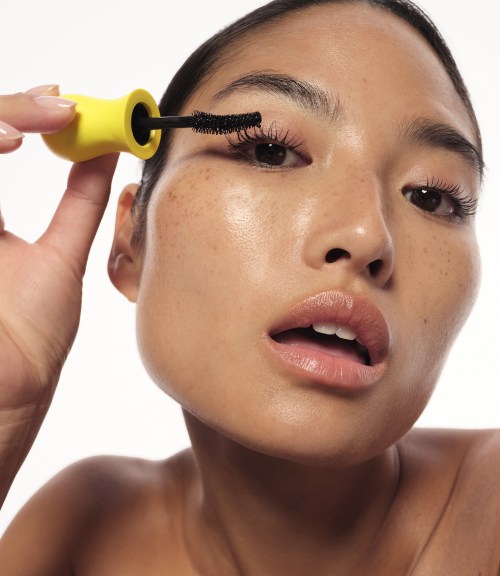Our editors independently select these products. Making a purchase through our links may earn Well+Good a commission
Owning an arsenal of essential and seed oils is kinda like having a natural beauty #dreamteam at your command. Tea tree’s antimicrobial properties make it an acne-fighting all-star, lavender melts away physical and mental tension, and rosemary emboldens your brows by stimulating hair growth. When it comes to swooping in and doing major damage control on tired, overworked skin, you need to know how to use rosehip oil.
Rosehip seed oil comes from the pressed seeds of the wild rose bush, and according to Amy Galper, a board-certified aromatherapist and educator at the New York Institute of Aromatherapy, it’s basically a corrective Band-Aid for the everyday wear and tear that plagues your complexion. Plus, since it’s a seed oil and not an essential oil, you can apply it directly to weathered areas without the fear of stripping or irritation. (Read: You’re jojoba and other carrier oils can stay on the shelf.)
How to use rosehip seed oil to rehab your skin, according to an aromatherapist.

1. It’s a regenerative agent that moisturizes and heals
“[Rosehip seed oil] is known for having a really, really high amount of gamma linolenic acid (GLA), and other fatty acids that are essential for skin healing and skin-cell regeneration,” Galper says. In trials, GLA has been found to have anti-inflammatory properties that combat diseases and conditions including arthritis, dry eye, diabetes, and more. But for strictly external purposes, the oils guru says you may see the ingredient used in “face oils, face cleansers, eczema treatments, anything like that.”
To see it work its magic for yourself, apply a few drops to areas that look worn down. And don’t worry, there’s no such thing as going overboard. Galper assures me that since rosehip is a seed oil, your only risk is the rather benign threat of over-moisturizing. “When you’re dealing with a nut and seed oil like jojoba or rosehip seed, you can apply it as needed,” she says. “Basically, you’re feeding it the food that it needs.”
2. Rosehip seed oil reduces the appearance of acne scars
If your skin is scarred from breakouts of the past, Galper says the oil could save you from acquiring more of the marks in the future. “You could actually just put a little drop of pure rosehip seed oil on your finger and rub it on the area where the blemish was to prevent scarring. It’s not a treatment for the pimple. It’s for after the pimple is gone and you don’t want a scar there,” she advises.
3. It moisturizes dry scalps
Some hair masks are designed to reinvigorate your hair, but add a little rosehip oil to your blend, and, voilà! You’ve got a potion that’s scalp-soothing, too. “It would be really good to use in a scalp treatment because it balances out any abnormalities that might be going on,” Galper says. You could treat your hair from root to tip with the stuff, but since the organic ingredient does skew pricey as compared other oils, the aromatherapist actually recommends a little DIY action. “Take some avocado, and maybe add like a tablespoon of rosehip seed in it, whip it up [in a blender], and then you’ve got a hair mask,” she says.
The fatty acids from the avocado will combine with those of the oil, and you’re left with a nourishing blend fit to hydrate the most desert-like of dry scalps.
4. It reduces the appearance of hyperpigmenatation
Because rosehip oil contains vitamin A, it also packs a well-known compound: retinoids. Retinoids have the ability to reduce the signs of hyperpigmentation by increasing cell turnover. Thus, it makes sense that you’ll find rosehip oil in a ton of moisturizers, like Eminence Organic’s Rosehip Whip Moisturizer ($58) or Charlotte Tilbury Charlotte’s Magic Cream ($27).
5. It contains anti-inflammatory properties
Polyphenols and anthocyanin are both found in rosehip oil, and studies show that the two may have anti-inflammatory products. Meaning, it may be useful for those with rosacea, psoriasis, eczema, or dermatitis and it may appear in products used to treat those skin conditions.
A derm’s full skin-care routine:
This post was originally published on August 26, 2018; updated on January 13, 2020.
If you’re interested in mixing up your own essential oil concoctions, here’s how to do it. And here are the 10 you need to have on hand before you start.
Sign Up for Our Daily Newsletter
Get all the latest in wellness, trends, food, fitness, beauty, and more delivered right to your inbox.
Got it, you've been added to our email list.











